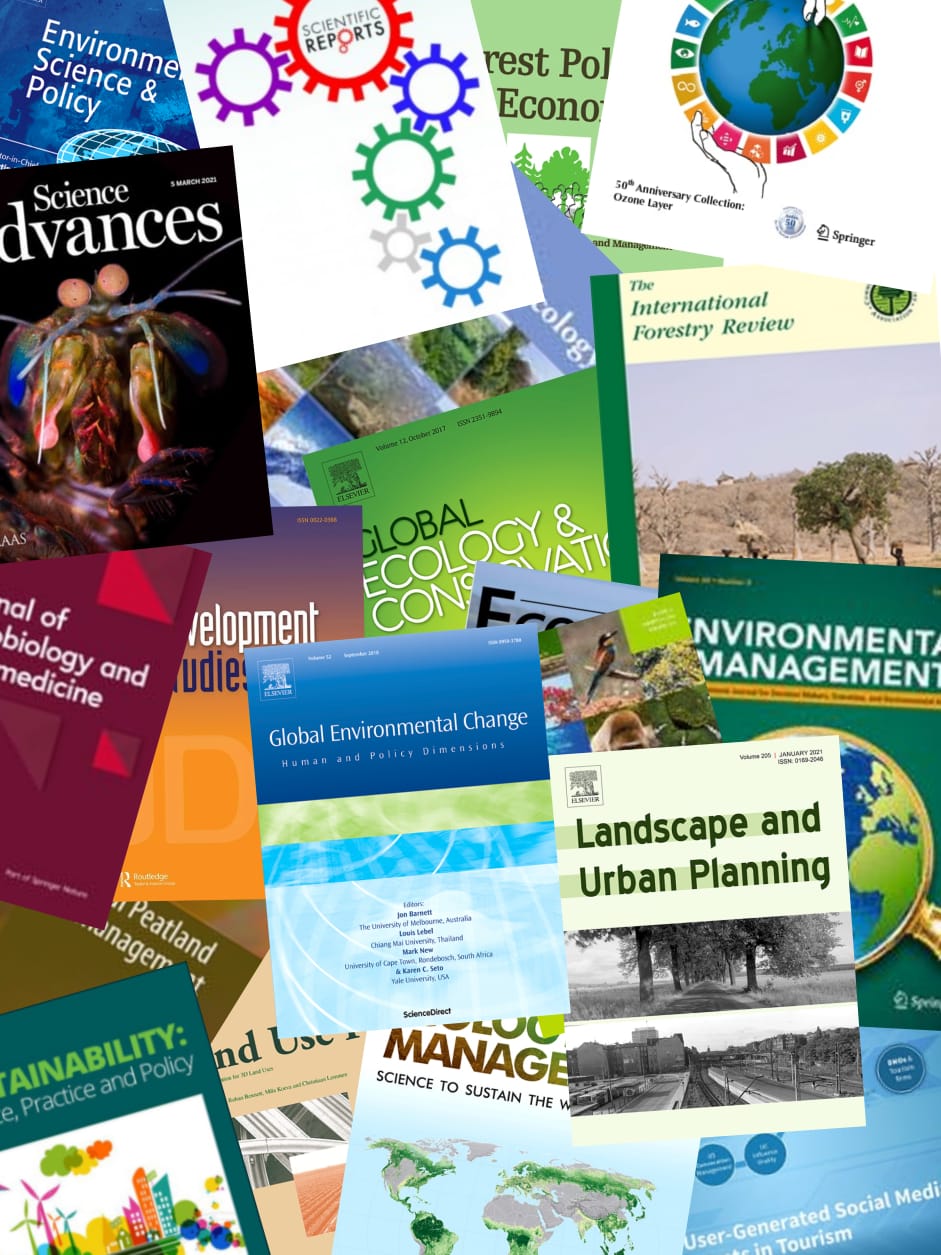Southeast Asian peatlands, along with their various important ecosystem services, are mainly distributed in the coastal areas of Sumatra and Borneo. These ecosystems are threatened by coastal development, global warming and sea level rise (SLR). Despite receiving growing attention for their biodiversity and as massive carbon stores, there is still a lack of knowledge on how they initiated and evolved over time, and how they responded to past environmental change, that is, precipitation, sea level and early anthropogenic activities. To improve our understanding thereof, we conducted multi-proxy paleoecological studies in the Kampar Peninsula and Katingan peatlands in the coastal area of Riau and Central Kalimantan, Indonesia. The results indicate that the initiation timing and environment of both peatlands are very distinct, suggesting that peat could form under various vegetation as soon as there is sufficient moisture to limit organic matter decomposition. The past dynamics of both peatlands were mainly attributable to natural drivers, while anthropogenic activities were hardly relevant. Changes in precipitation and sea level led to shifts in peat swamp forest vegetation, peat accumulation rates and fire regimes at both sites. We infer that the simultaneous occurrence of El Niño-Southern Oscillation (ENSO) events and SLR resulted in synergistic effects which led to the occurrence of severe fires in a pristine coastal peatland ecosystem; however, it did not interrupt peat accretion. In the future, SLR, combined with the projected increase in frequency and intensity of ENSO, can potentially amplify the negative effects of anthropogenic peatland fires. This prospectively stimulates massive carbon release, thus could, in turn, contribute to worsening the global climate crisis especially once an as yet unknown threshold is crossed and peat accretion is halted, that is, peatlands lose their carbon sink function. Given the current rapid SLR, coastal peatland managements should start develop fire risk reduction or mitigation strategies.
View source

